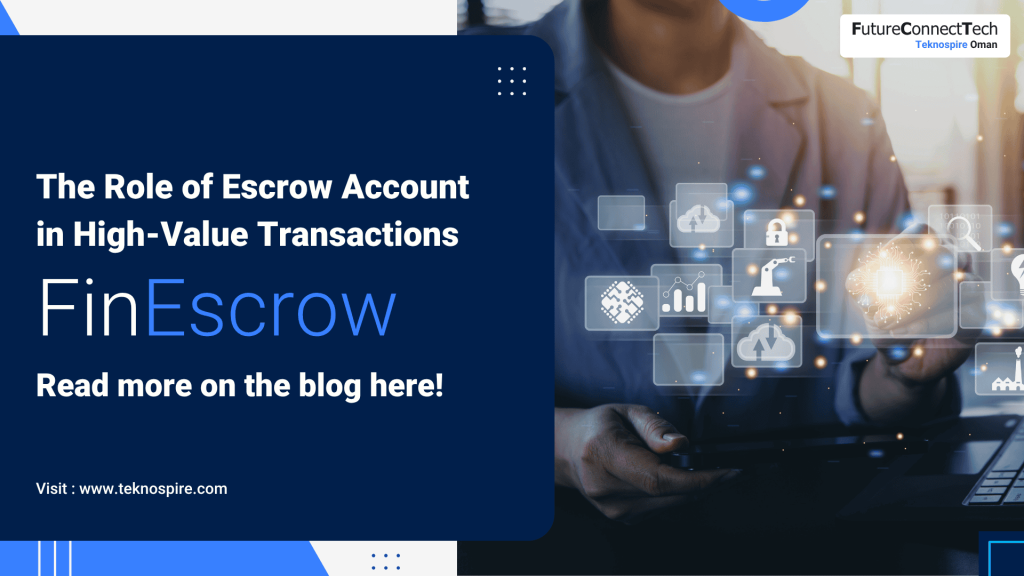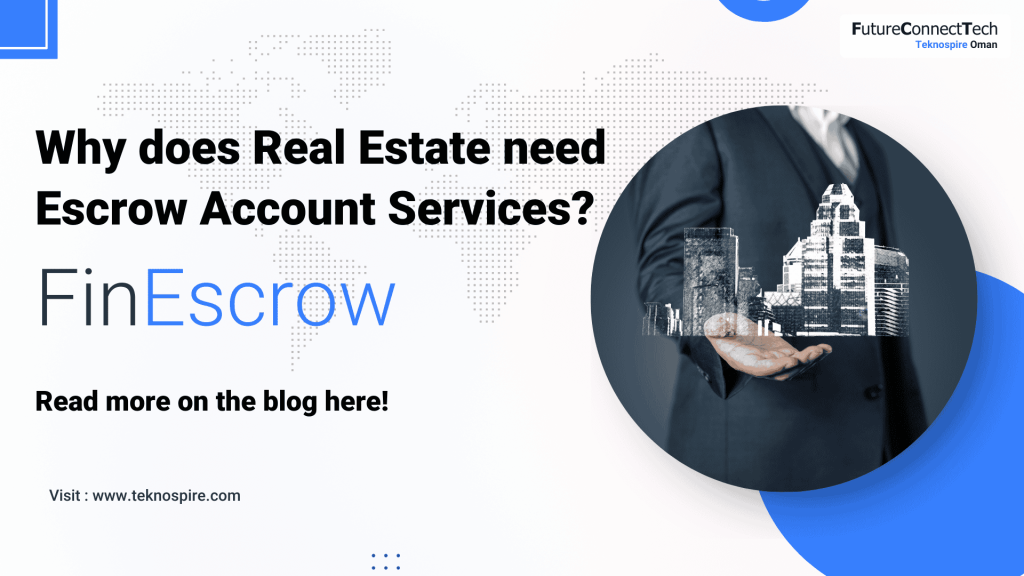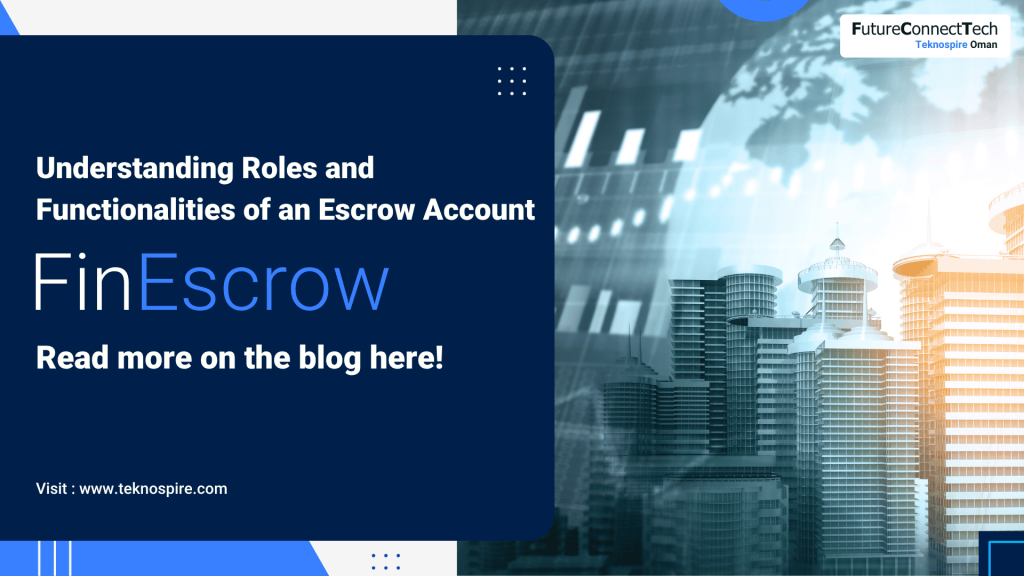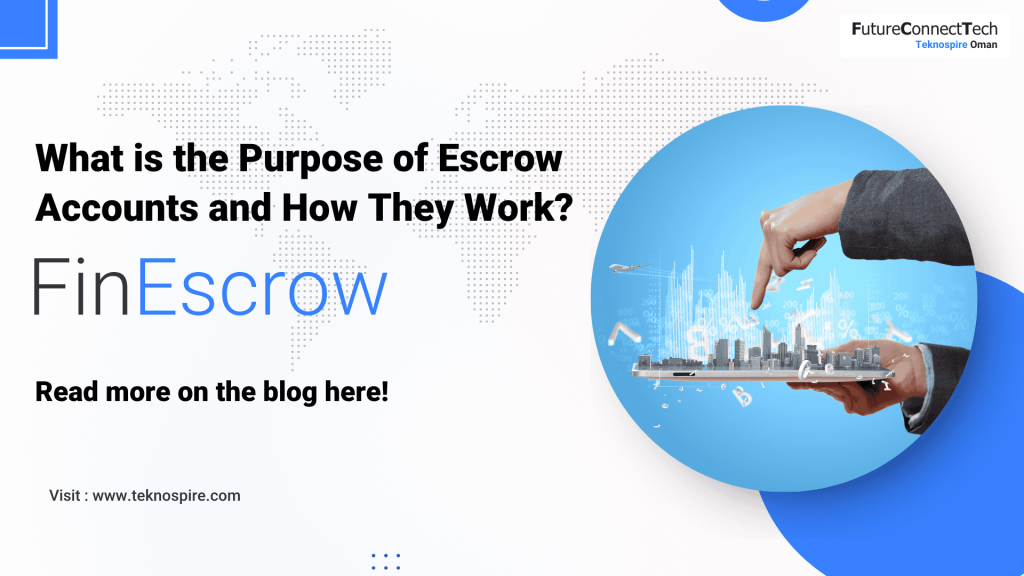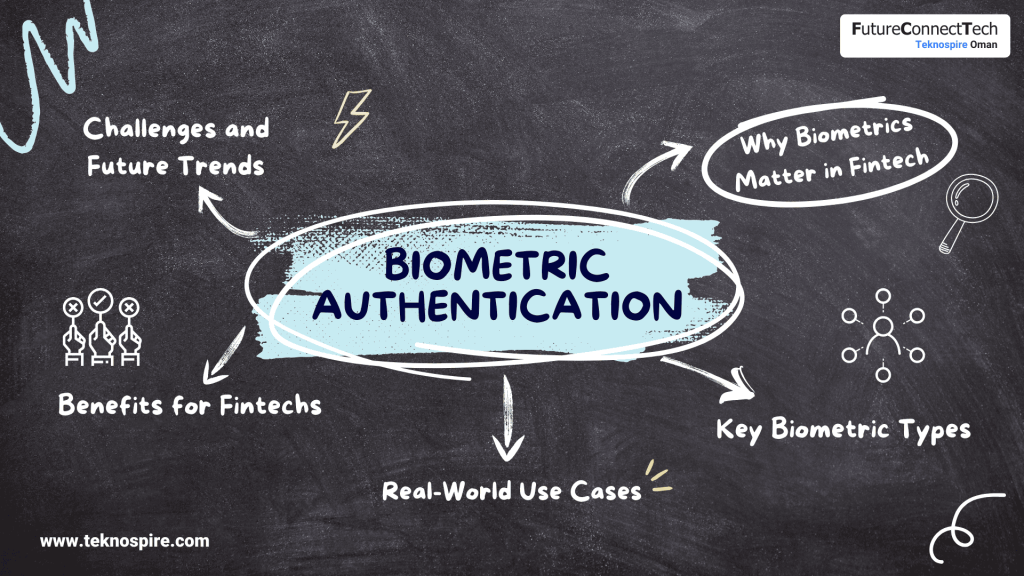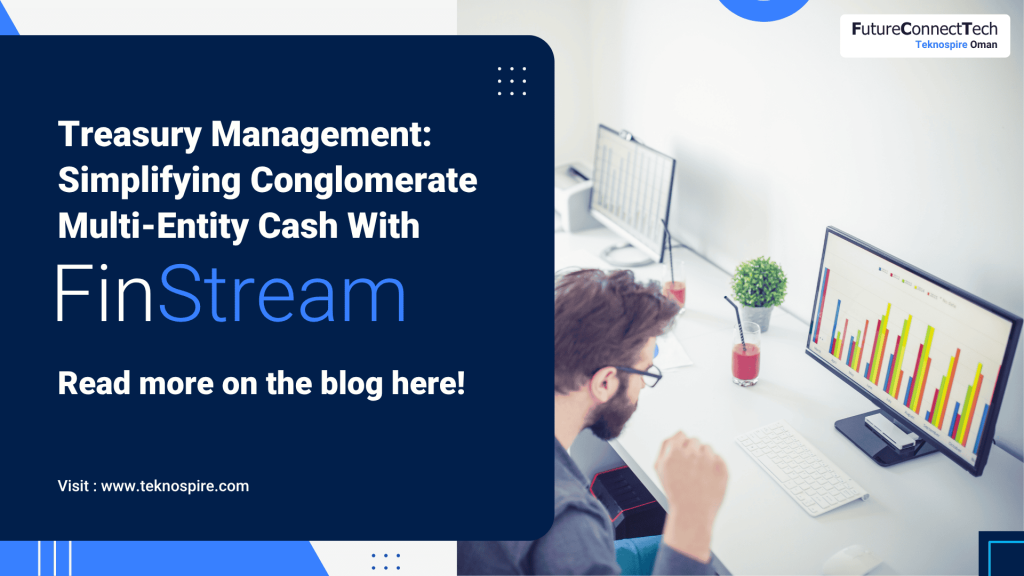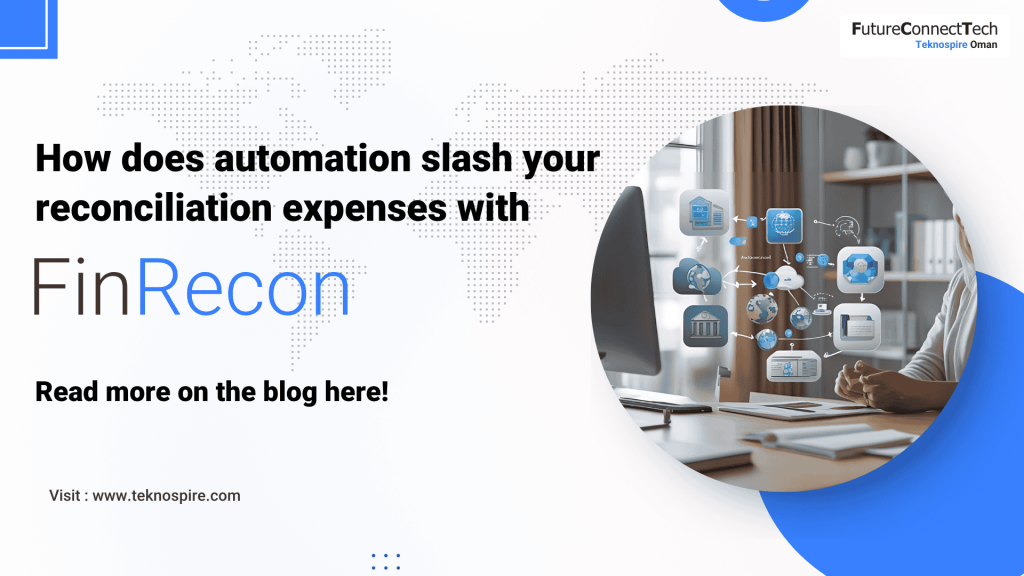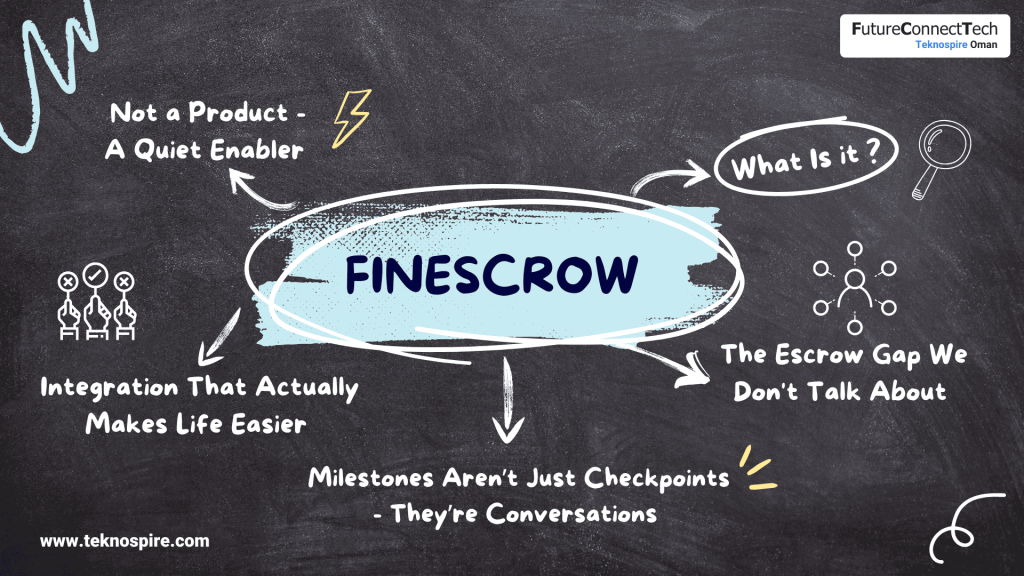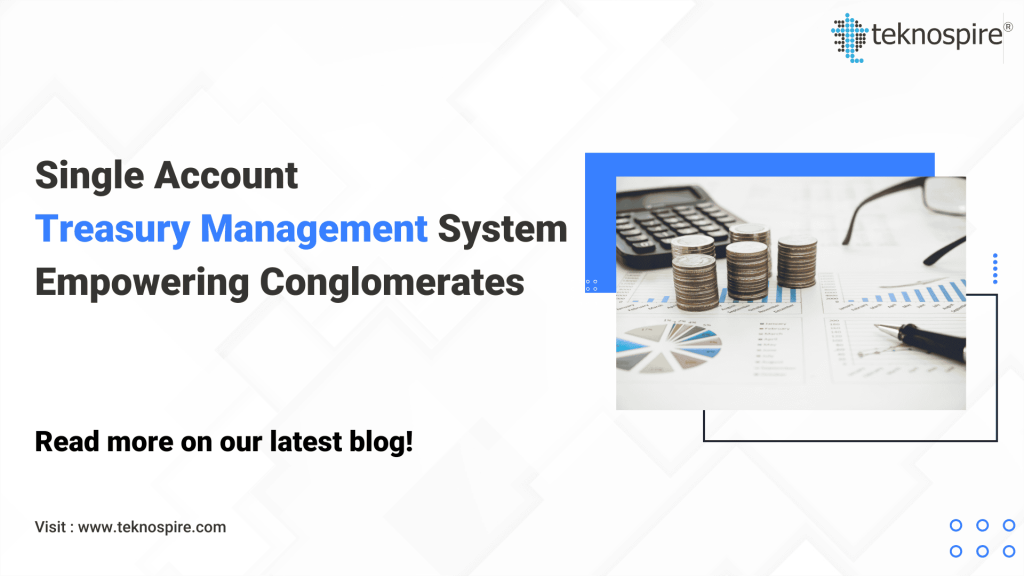The Role of Escrow Account in High-Value Transactions
High-value transactions are inherently risky. The stakes are immense, and the potential for fraud, non-performance, or simple disputes can derail months of negotiation. From large-scale mergers and acquisitions to significant real estate purchases, the buyer commits large sums of capital, and the seller commits to delivery; a system is required to guarantee fairness. This creates the need for a secure, temporary holding vault for funds or assets managed by a neutral third party. All that is required is streamlining complex dealings and automating payment processes. What about an escrow account? Yes. An escrow account protects all parties involved in a transaction, reduces the risk of fraud, and provides a clear, transparent, and auditable transactional record. Escrow accounts are utilised across various industries, including real estate, digital lending, e-commerce, and digital marketplaces. Basic Functionality of an Escrow Account An escrow account functions as a neutral guardian for the transaction. It is temporary, maintained by a third party, and holds the money or funds until predefined conditions are met between the parties involved in the transaction. Let’s understand the fundamental principles of an escrow account: Understanding the Application of Real Estate Escrow The need for escrow accounts is most acute in sectors like real estate, where transactions involve huge capital over extended periods, creating opportunities for non-performance or misuse of buyer funds by developers. In the real estate context, the escrow account associated with a specific project serves as the bank-regulated destination for the buyer’s money. The developer sets certain milestones in the project specifications as the work proceeds. The buyer’s money flows to the escrow account, and funds are only disbursed to the developer’s account depending upon the milestones achieved and approved by the authorized bank checker. This system provides security for the buyer and gives the bank a clear, auditable view of the project’s financial flow, ensuring compliance with Central Bank guidelines. Benefits Derived by Stakeholders All parties involved in high-value transactions take shelter in escrow accounts for better safety and security. Each of them seeks to derive benefits, such as: Role of Modern Escrow Management Platforms Recognising the limitations of traditional, paper-heavy escrow processes, the industry is transitioning toward digital management solutions. Modern escrow platforms are upgraded to deliver the precision, integrity, and compliance demanded by today’s complex, high-value deals. These cutting-edge platforms, such as FinEscrow, are tailored to the unique needs of banks and real estate developers, particularly in regions with complex regulatory landscapes like the Middle East. To make it simpler, here is the workflow and features of FinEscrow to protect the interests of all parties involved: Secure the Deal for High-Value Transactions with FinEscrow Escrow accounts secure financial dealings. It shields all parties from financial risk, ensuring fairness and upholding confidence in every transaction. Automated and digitised escrow platforms automate processes, accelerate transaction cycles, and bolster financial governance. This, in turn, allows banks and real estate developers to achieve unparalleled precision and integrity. They transform the high-risk liability of capital expenditure into the certainty of predictable cash flow and audit-ready governance. FinEscrow is built for this future where project finances are always secure, compliant, and optimised. If you are planning to achieve complete financial certainty for your next high-value project, talk to our platform experts for a detailed session! Frequently Asked Questions
